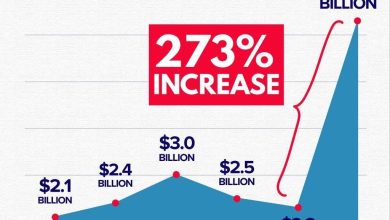To reduce the damaging effects of sitting on your health, take a 5-minute easy walk every half hour. That’s the key finding of a new study that my colleagues and I published in the journalMedicine and Science in Sports and Exercise.
In addition to physical health benefits, taking breaks also has mental health benefits.
We asked 11 healthy middle-aged and older people to sit in our lab for 8 hours, the equivalent of a standard work day, on five separate days. On one of these days, participants sat for the entire 8 hours, with short breaks to go to the bathroom.On other days, we tested a number of different strategies to dilute the person’s sitting with light walking. For example, on one day, participants walked for 1 minute every half hour. On another day, they walked for 5 minutes every hour.
Our goal was to find the least amount of walking that could be done to compensate for the detrimental health effects of sitting. Specifically, we measured changes in blood sugar and blood pressure, two important risk factors for cardiovascular disease.
We found that a 5-minute light walk every half hour was the only strategy that significantly reduced blood sugar levels compared to sitting all day. Specifically, a 5-minute walk every half hour reduced the blood sugar spike after a meal by almost 60 percent.
This strategy also reduced blood pressure by four to five points compared to sitting all day. But shorter, less frequent walks also improved blood pressure. Even just a one-minute easy walk every hour reduced blood pressure by five points.
In addition to physical health benefits, walking breaks also had mental health benefits. In the study, we asked participants to rate their mental health using a questionnaire. We found that compared to sitting all day, a 5-minute light walk every half hour reduced feelings of fatigue, improved participants’ moods, and helped them feel more energetic.
We also found that even walking once an hour was enough to boost mood and reduce feelings of fatigue.





